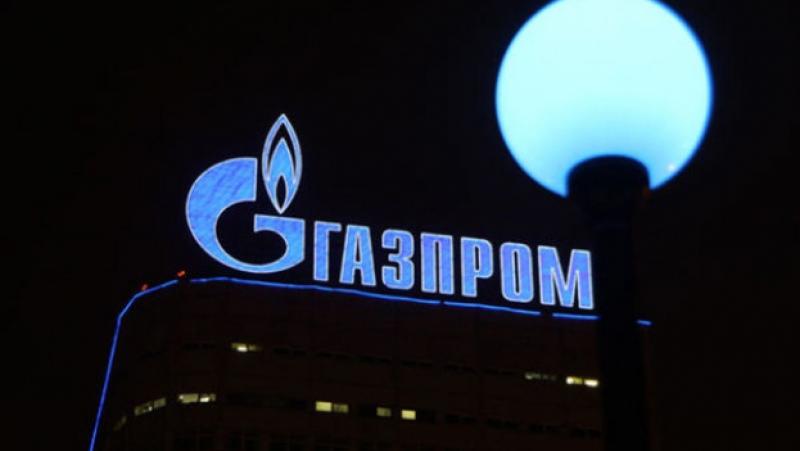/ world today news/ The relations between Russia and the European Union in the gas sphere “moved from a strategic partnership to ordinary trade relations aggravated by political disagreements”.
This is stated in the September study conducted by experts of the Institute for Energy Research of the Russian Academy of Sciences /RAS/ and the Institute of Energy of the Higher School of Economics /VUI/.
The authors of the report propose several scenarios for the development of the situation in the period until 2025. The refusal of Ukrainian transit during this period remains one of the most painful issues.
Three scenarios up to 2025
The study, titled “Europe’s gas market: lost illusions and faint hopes”, contains three scenarios for the next 10 years. The first – basic – envisages a gradual recovery of gas demand in Europe from 2015 after the significant decline. If in 2010 the consumption reached 556 billion cubic meters, then in 2014 – only 428 billion, and by 2025 495 billion cubic meters are predicted. Russia has 124 billion cubic meters.
The next scenario – weak global demand – may have a place in the slowdown of the economy of Asian countries, which will lead to the reduction of their consumption of “blue fuel” by 20% and redistribution of flows. Under this scenario, Russia will supply Europe with 104 billion cubic meters. with a total volume of consumption by European countries 422 billion.
The last option – a large offer and a large demand. It can be implemented in the event that additional opportunities for gas production appear in various regions, specifically in the Middle East at the expense of Iranian potential. In this scenario, expensive suppliers will be pushed out, the price of gas under the influence of strong competition will decrease. Europe will be able to afford to buy more gas – up to 568 billion cubic meters. Russia, according to experts’ calculations, will be able to count on 146 billion cubic meters. export to the EU.
How to implement these scenarios without Ukraine?
In June, the Deputy Chairman of the Board of Directors of Gazprom, Alexander Medvedev, said that from 2019, transit through the territory of Ukraine will be stopped. “Even if the Sun switched places with the Moon,” he snapped. Today it becomes clear that this option is hardly possible. One of the authors of the study, Vyacheslav Kulagin, the head of the Center for the Study of World Energy Markets of the IEI of the Russian Academy of Sciences, doubts this.
“The complete rejection of Ukrainian transit at the expiration of the current contract is unrealistic for two reasons: the first, as of that date, the necessary alternative capacities will not be put into operation; secondly, there are consumers for whom, at least until now, there is no possibility to get gas via another route, for example, Moldova,” he told DV.
Sberbank Investment Research’s oil and gas expert Valery Nesterov agrees with him. “The timelines for the construction of the third and fourth sections of the Nord Stream are not certain,” he said. According to the expert, after the expiration of the contract with Kiev, at least 10-20 billion cubic meters. Russian gas will continue to enter the EU through Ukrainian territory.
New capacities – new risks
In 2014, 60 billion cubic meters were exported to Europe through the Ukrainian gas transport network. Russian gas. If they are excluded, Russia will be able to supply the EU with about 100 billion cubic meters. Therefore, the deficit, depending on the scenario proposed by the experts, will range from 4 to 46 billion cubic meters. The question arises – is it worth investing in infrastructure that may not be used /in the low consumption scenario/? According to the president of Gazprom, Alexey Miller, 9.9 billion euros will be needed for the construction of the new sections of Nord Stream alone.
“The banks that will give the money will ask the designers for guarantees. It seems that most of the risks will be borne by Gazprom. It is possible that they will be larger than during the construction of the first two sections of the Nord Stream, notes Valery Nesterov.
Vyacheslav Kulagin considers it expedient “to start from scratch, review all projects from the beginning and select the most useful from an economic point of view, ranking them in order of priority.” And then to implement them gradually – if additional demand appears, then build new capacities, if not – do not rush”. According to him, the launch of full capacity of “Turkish Stream” and the two new sections of “Nord Stream” is not necessary, because this is an additional 118 billion cubic meters. gas.
“The perfect storm” for Gazprom
The most optimal way to solve the problems is to return to reliable transit through Ukraine. “This will make the implementation of the majority of new projects irrelevant. But unfortunately, the risks are now very big and lie not in the energy, but in the political plane,” notes Kulagin.
The authors of the study point to another challenge – the changing pricing system. “If Russia continues to supply gas to Europe based on contracts with strict binding to oil prices, it will gradually be displaced from the market,” the study said. This means that contracts with European partners will have to be revised, however much Gazprom may resist. “So it will be necessary to work more dynamically, trying to breathe new life into Gazprom,” commented Valery Nesterov.
Berlin / Germany
#scenarios #RussiaEU #gas #relations


